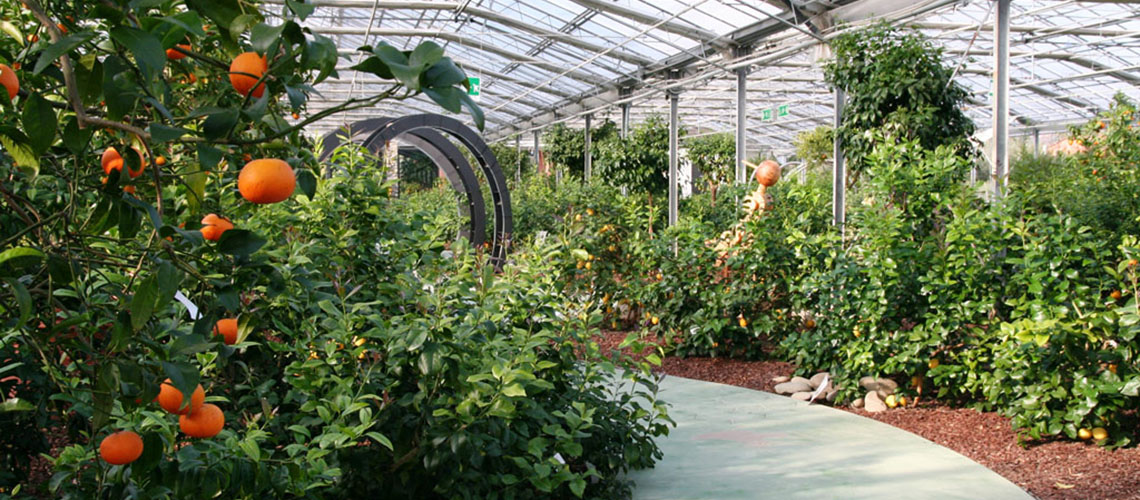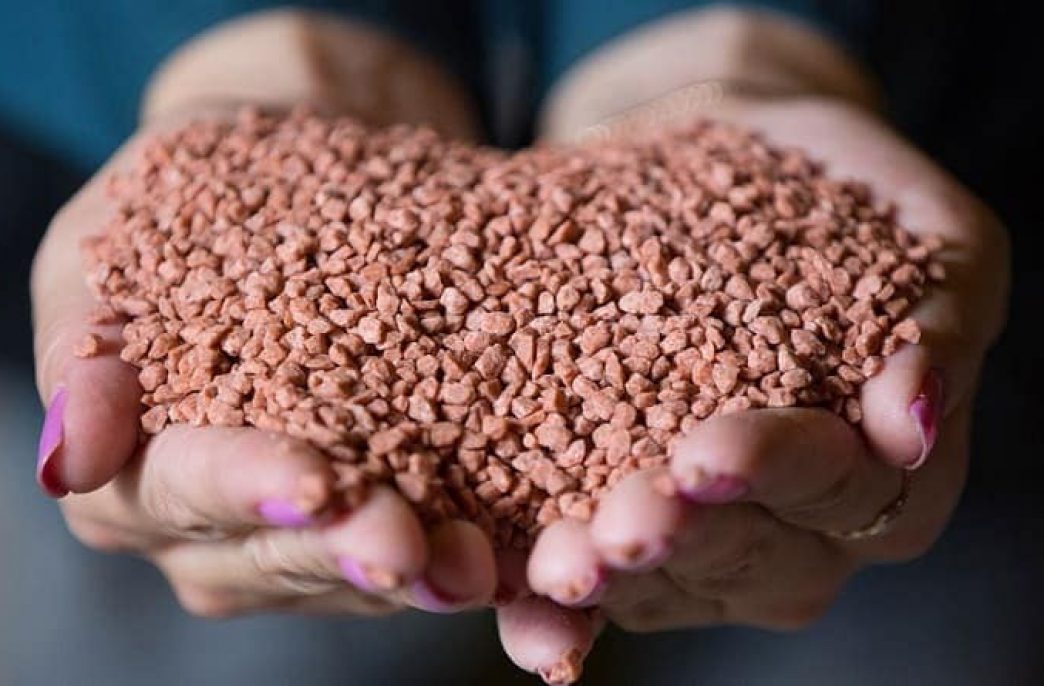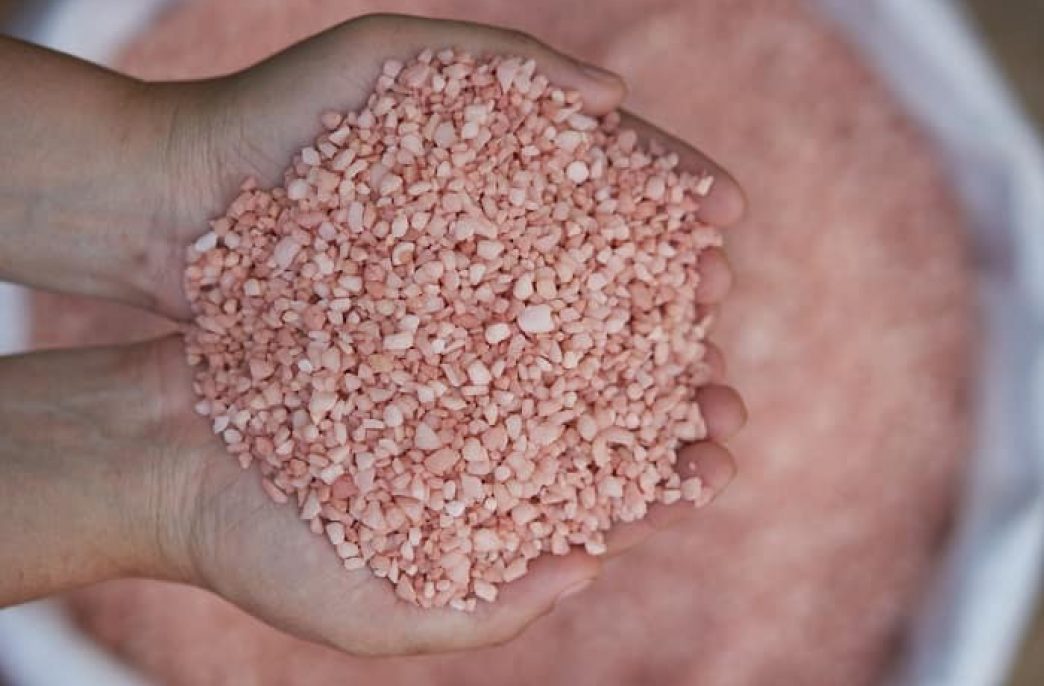Potassium sulfate for greenhouses

Of all the nutrients, vegetable plants make the best use of potassium. In most natural soils, it is present in sufficient quantities. The lowest potassium content in sandy and peaty soils. On light soils, the potassium applied with fertilizers is fixed weaker, and on heavy soils it is stronger. The leaching of an element under the influence of precipitation or irrigation depends on the mechanical composition of the soil and the capacity of its absorption. On clay soils this occurs half as much as on sandy soils. Liming of acidic soils dramatically reduces the loss of potassium from leaching.
The optimal potassium content in the soil increases the resistance of plants to high temperatures, frost, lack of moisture, fungal diseases, reduces the accumulation of radioactive substances in them.
The most common potash fertilizer is potassium sulfate. Potassium is also found in all complex fertilizers. All fertilizers with potassium are convenient because they are highly soluble in water. Potash fertilizers are applied for vegetable crops in the main dressing. Sometimes this is done in the fall, but more often in the spring. During the growing season, potassium top dressing is carried out with a concentration of up to 4 g / l under the root and up to 2 g / l by the foliar route. Half of the applied dose of potassium comes through the leaves in the range from 10 hours to a day.
Processing potassium seeds before sowing increases their germination. In the productive parts of vegetables, it inhibits the accumulation of nitrates. In low light, potassium chloride is useful for this. Excess element in the soil and plants is undesirable, as it reduces the intake of calcium and magnesium. The best assimilation of potassium by all cultures is observed at low soil moisture, and the minimum absorption occurs in the temperature range of 20 … 25 ° C and good illumination.
Cucumbers need enhanced potassium nutrition during mass fruiting for good fruit loading. The constricts in the middle of the fruit are the result of a lack of potassium. During this period, the leaves can be 3.3 times smaller in comparison with the fruits of the element, which, combined with high daytime temperature and lack of moisture, leads to leaf wilting and disruption of photosynthesis. With a crop of 1 kg, the cucumber makes 4.5-4.8 g of potassium, which is two times more nitrogen and four times more phosphorus. Before the fruiting and during the period of its decay, cucumbers need potassium in small quantities.
For tomato, potassium is the second element after calcium in terms of yield with harvest, It is especially needed at the beginning of growth and flowering, and then during filling and ripening of fruits. The degree of staining and the biochemical parameters of the fruit depend on the potassium abundance. The dose of potassium fertilizer in top dressing of tomatoes is 2-4 g / l. For 1 kg of fruits, tomatoes tolerate potassium from 4.5 to 6 g.
Potassium salad is needed in moderation, although its removal with the crop is twice as much nitrogen. But with a lack of potassium, the lettuce leaves are fragile, and the head is loose. Potash top dressing in a dose of 1-2 g / l on sandy soil and during low light is useful. With a high content of humus in the soil, potassium salad is not required. Peat salad reacts negatively to the high content of the element. A head of lettuce is able to absorb from the soil per day per 10 kg of the crop up to 0.8 g of potassium.
The role of potassium in the nutrition of white cabbage increases with the onset of heading. By this time, potash fertilizing is timed. Potassium promotes the outflow of photosynthesis products into heads of cabbage for their denser formation, and also stably holds sugar in all parts of cabbage. It increases the cold resistance of plants after transplanting seedlings and in the fall and keeping heads in storage. Cabbage tolerates potassium about 5 g per 1 kg of crop. High doses of potash fertilizers are needed for cabbage on light loams and floodplain soils. In peatlands, potassium should be added together with phosphorus. Cauliflower has a higher need for potassium, and its take-out with the crop is twice as much as white cabbage.
Celery in top dressing after cutting greens give 20-30 g / m² potassium sulfate. The doses of this fertilizer for parsley after cutting are 8-10 g / m².
In root vegetables, the need for potassium and its absorption rate increase with the formation of root crops. At this point, and in the process of root crop growth, potassium sulfate 20 g / m² should be given in top dressing.
Under beets, the introduction of potassium chloride is effective. Potassium carrots require one and a half times more than nitrogen. For 1 kg of products, carrots make 3.8 g of potassium; beets – 4.8 g; radish in the open ground – 5.4 g, in the greenhouse – 6.6 g.
In the second half of the growing season, potassium is needed horseradish, katrana, onions, red cabbage. But onion-batun it is necessary together with nitrogen to accelerate the growth of leaves.
Increased potassium nutrition should be provided to all crops whose products are intended for long-term storage.
Potassium, eggplant, zucchini, Peking cabbage and kohlrabi, parsnip, parsley, rhubarb, radish, turnip, salad, celery, horseradish, spinach, sorrel are most able to accumulate potassium in the production.
With a lack of potassium, plants in the open field are more often affected.




